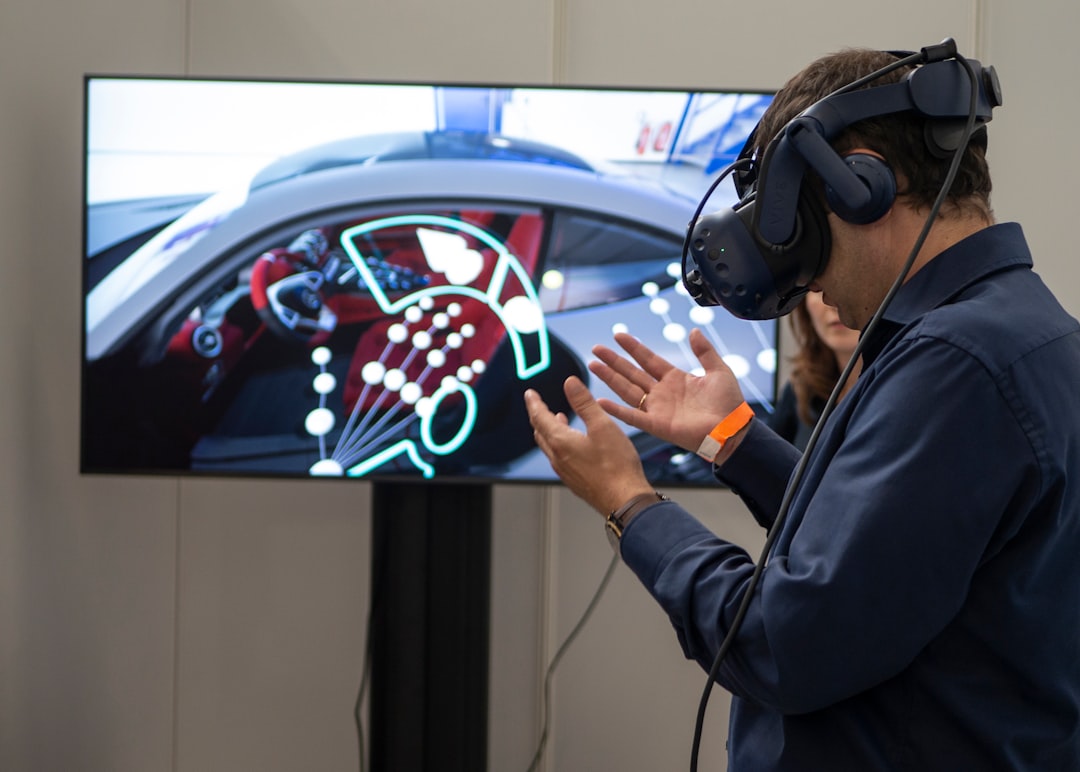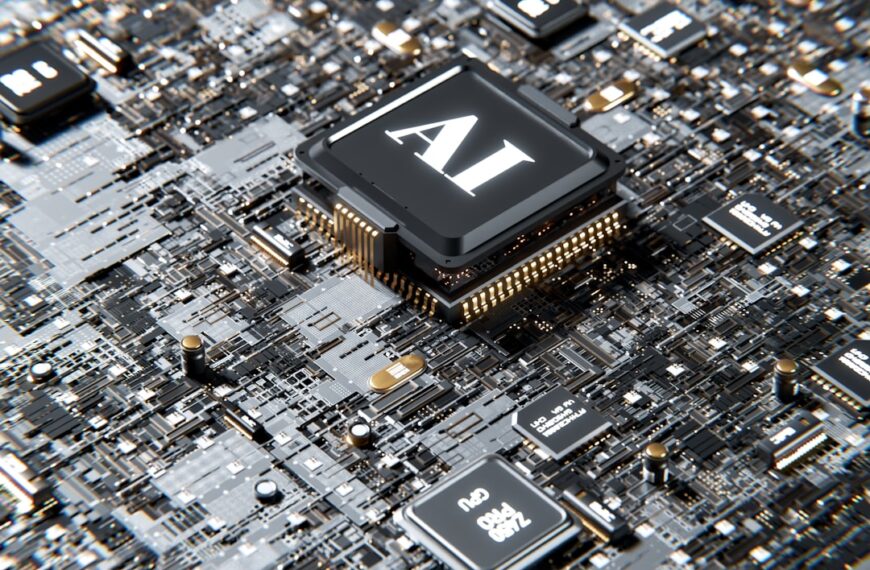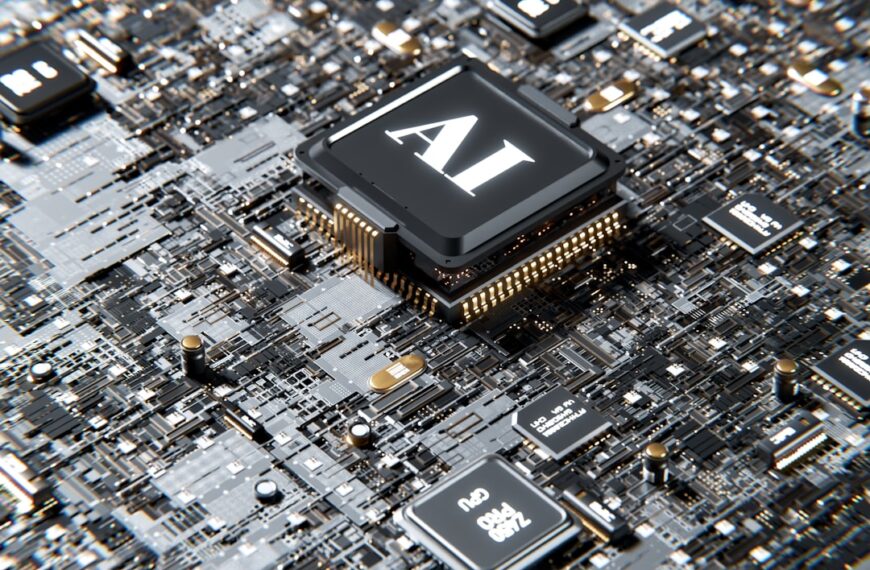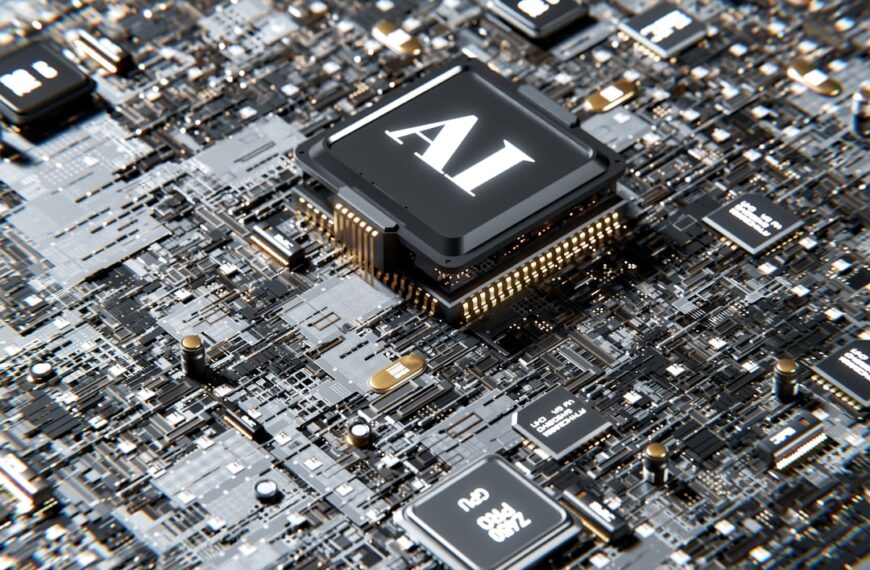For decades, the internet has been primarily a visual and auditory experience. We scroll through images, watch videos, and listen to audio, but our sense of touch remains largely untapped. That’s rapidly changing. The “haptic internet,” a network designed to transmit tactile sensations, is emerging from the labs and into our lives, promising a revolutionary shift in how we interact with the digital world.
Imagine browsing an online clothing store and actually *feeling* the texture of the fabric before you buy it. Or exploring a virtual museum and experiencing the rough texture of a centuries-old sculpture. These scenarios, once relegated to science fiction, are becoming increasingly realistic thanks to advancements in haptic technology.
The core of this technology lies in a variety of devices, from sophisticated haptic suits capable of simulating a wide range of textures and forces, to smaller, more accessible devices like haptic gloves and feedback controllers. These devices use a range of techniques, including vibrations, pressure, and even tiny actuators that can create the sensation of surface textures.
The applications are vast and varied. Beyond online shopping and virtual museums, the haptic internet has huge potential in:
* Gaming: Imagine the immersive experience of truly feeling the recoil of a weapon, the impact of a punch, or the smoothness of driving a virtual car.
* Medical training: Surgeons could practice complex procedures on realistic haptic simulators, improving their skills and confidence before operating on real patients.
* Remote collaboration: Haptic feedback could revolutionize teamwork, allowing collaborators to feel each other’s presence and manipulate virtual objects together more naturally.
* Accessibility: Individuals with visual impairments could gain a richer understanding of their digital environments through tactile feedback.
However, the rise of the haptic internet isn’t without its challenges. The technology is still relatively new and expensive, and developing standardized protocols for haptic data transmission is crucial for widespread adoption. Furthermore, ensuring that the haptic experience is both realistic and comfortable is a significant technical hurdle.
Despite these challenges, the future of the haptic internet looks bright. As technology continues to evolve, we can expect to see a proliferation of more affordable and sophisticated haptic devices, paving the way for a truly multi-sensory internet that engages all our senses and revolutionizes the way we interact with the digital world. The tactile web is no longer a distant dream; it’s rapidly becoming a tangible reality. Get ready to touch the future.











